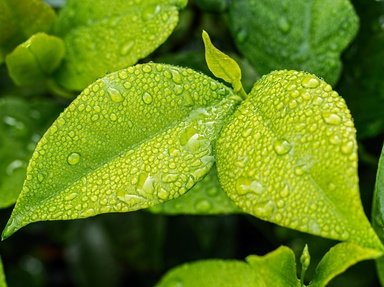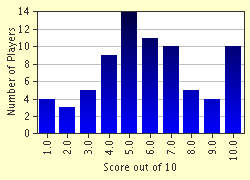Quiz Answer Key and Fun Facts
1. Equisetum, a non-seed bearing wetland plant that is sometimes known as scouring rush, is better known as:
2. This submergent wetland plant is insectivorous:
3. This wetland plant was named for its odor, and can actually produce its own heat:
4. This wetland plant is in the same family as cotton and okra:
5. Which common wetland plant is not in the Aster family?
6. All of the following are characteristics of buttonbush except:
7. Which of the following trees is not common in wetlands?
8. Which of the following wetland trees does not produce edible fruit?
9. Some wetland plants have gained well-earned notoriety. Which of the following is not considered noxious or invasive?
10. Some wetland plants can harm humans, or at least cause them discomfort. Which can not?
Source: Author
benrhess
This quiz was reviewed by FunTrivia editor
crisw before going online.
Any errors found in FunTrivia content are routinely corrected through our feedback system.

